Are you ready to transform your backyard into a haven of comfort and style? Whether you’re a seasoned pro or just starting out on your outdoor living journey, “15 Outdoor Shelter Ideas for Your Next Project” is your go-to guide for crafting stunning spaces that blend beauty with functionality. With options ranging from simple pergolas to intricate gazebos, this list is bursting with inspiration to suit every taste and skill level.
Imagine the joy of sipping your morning coffee under a cozy pergola or hosting unforgettable gatherings in a chic, shaded oasis. This guide doesn’t just offer ideas; it empowers you with practical insights and creative solutions to make these dreams a reality. Dive in, and feel confident that by the end, you’ll be equipped to enhance your outdoor area with a shelter that’s both beautiful and practical, making every moment outside truly special.
Choose Durable Weatherproof Materials
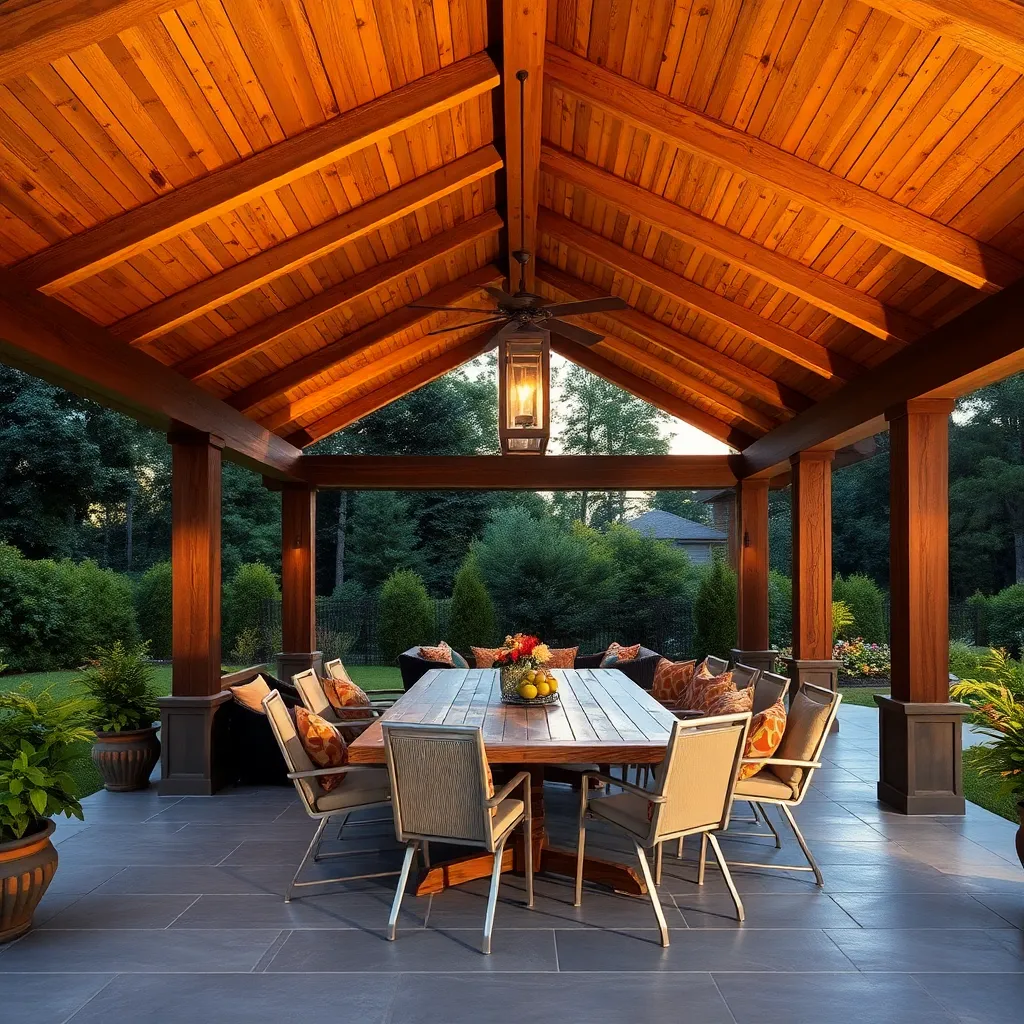
When selecting materials for your outdoor shelter, it’s essential to prioritize durability and weather resistance to ensure longevity and low maintenance. Opt for pressure-treated wood, which resists rot and insects, or consider composite materials that offer strength and require minimal upkeep. For roofing, metal is an excellent choice due to its durability and ability to withstand various weather conditions, while polycarbonate panels provide both protection and natural light.
Advanced builders might explore the use of steel frames for added stability, especially in areas prone to heavy winds or snowfall. To enhance your shelter’s weatherproofing, incorporate elements such as gutter systems to manage rainwater effectively and UV-resistant finishes to protect surfaces from sun damage. This thoughtful selection of materials will not only enhance the shelter’s resilience but also add to its aesthetic appeal.
Incorporate Natural Shade Elements
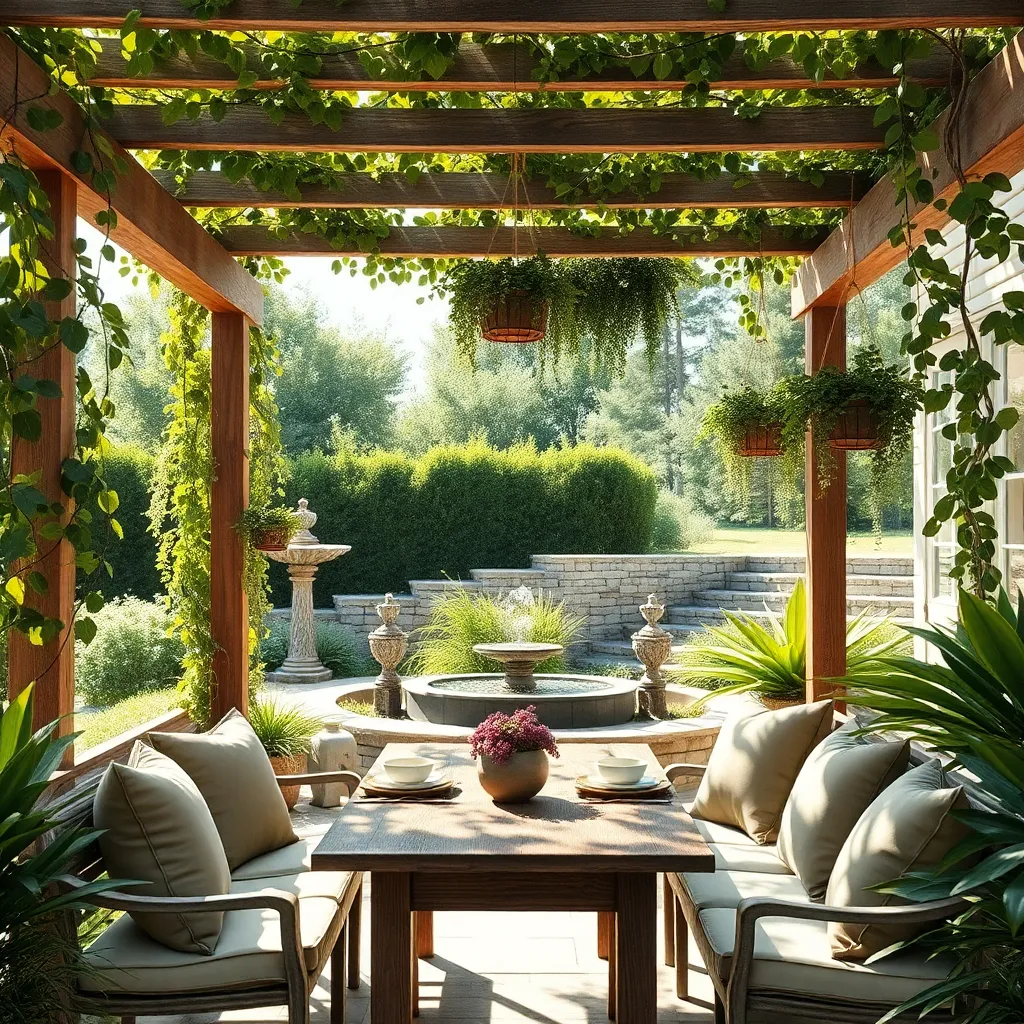
Integrating natural shade elements into your outdoor space can create an inviting atmosphere while providing eco-friendly shelter. Begin by planting fast-growing trees such as willows or poplars, which can offer substantial shade within a few years. For immediate results, consider using climbing plants like wisteria or ivy on trellises or pergolas; these plants not only provide shade but also enhance the aesthetic with their lush greenery.
To ensure longevity and effectiveness, choose native plants that are well-suited to your climate, as they typically require less maintenance and resources. For those looking to add a more advanced touch, strategically position these natural elements to optimize shade throughout the day, considering the sun’s path. You can also pair these plants with hardscape features, like stone benches or gravel paths, to create a harmonious balance between natural and structural elements in your outdoor oasis.
Utilize Portable Shelter Solutions
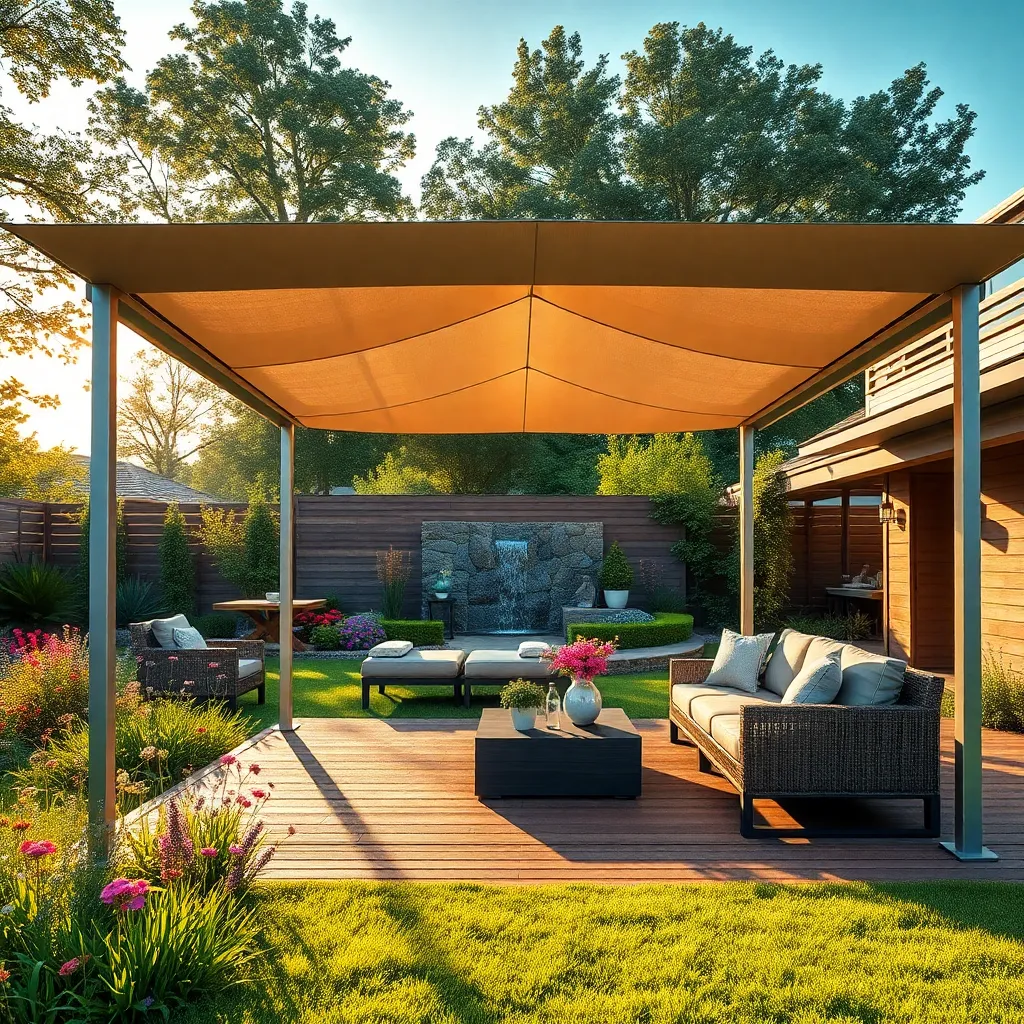
Portable shelters are an excellent solution for those seeking flexibility and ease of setup in their outdoor spaces. Pop-up canopies and portable gazebos provide instant shade and protection from the elements, making them ideal for backyard gatherings or temporary garden projects. Look for options with sturdy frames made from materials like aluminum or steel, which offer durability without being cumbersome. For beginners, choosing a model with an easy-fold mechanism can simplify both setup and storage.
For more advanced users, consider customizable options that allow for sidewalls or mosquito netting, enhancing both comfort and utility. Fabric choices such as UV-resistant polyester can provide added protection from the sun’s rays, while water-resistant coatings guard against unexpected showers. When selecting a portable shelter, ensure it fits the scale of your space—common dimensions like 10×10 feet are versatile and suit most standard patios and decks. Remember, the key to maximizing these shelters is in their adaptability, so prioritize features that cater to your specific outdoor needs.
Design Multi-Functional Shelter Spaces
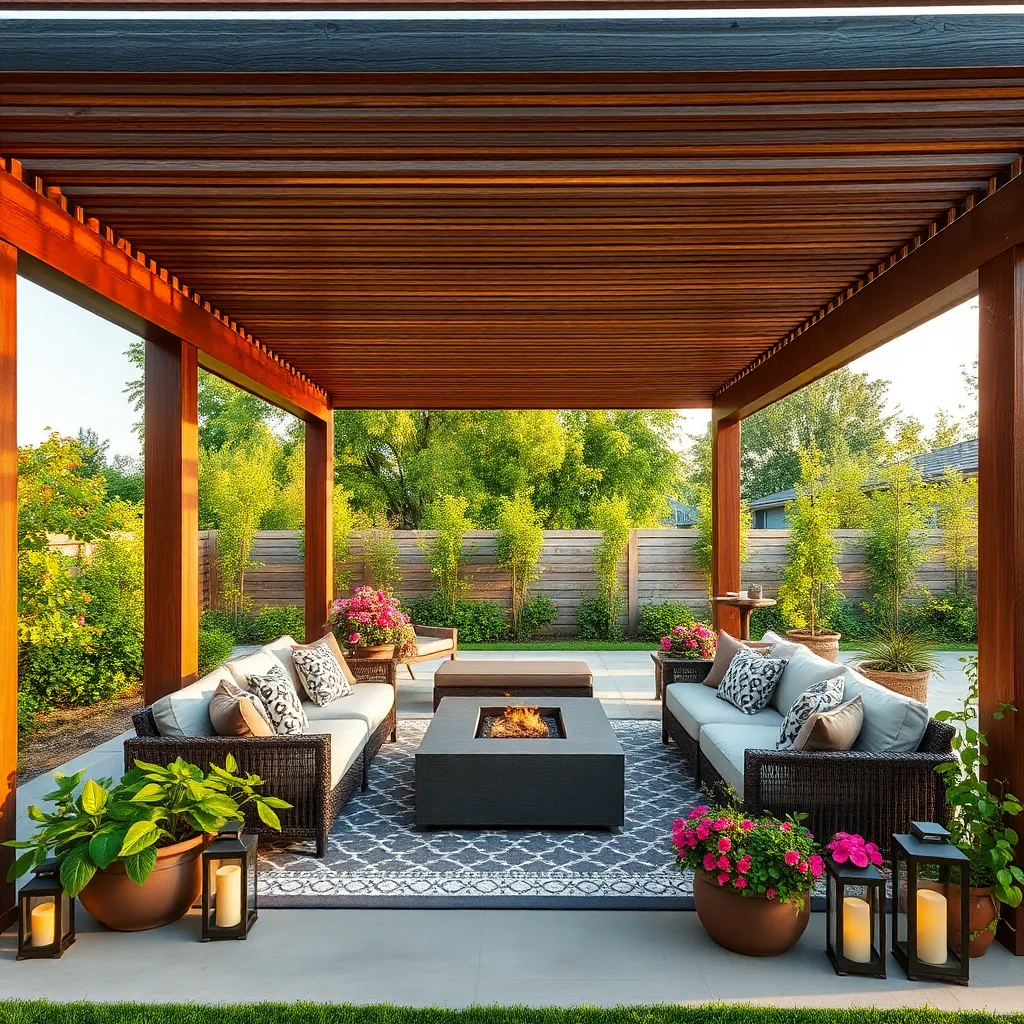
Creating a multi-functional outdoor shelter space allows you to maximize your garden’s potential by serving various purposes throughout the year. Start by using durable materials like treated wood or weather-resistant metal frames that can withstand seasonal changes. Consider including adjustable elements such as retractable awnings or sliding panels to provide shade and protection as needed. Think about incorporating built-in seating or storage to make the space practical for both relaxation and organization.
For a truly versatile design, incorporate features that cater to different activities, such as a built-in grill for cooking or a projector setup for outdoor movie nights. Adding a modular furniture system ensures flexibility, allowing you to rearrange the layout for hosting gatherings or creating a cozy reading nook. Advanced gardeners might integrate vertical gardens or hanging planters along the shelter walls, adding greenery while efficiently using space. Ensure the shelter complements your existing garden landscape, using colors and materials that harmonize with your outdoor area.
Opt for Sustainable Building Practices
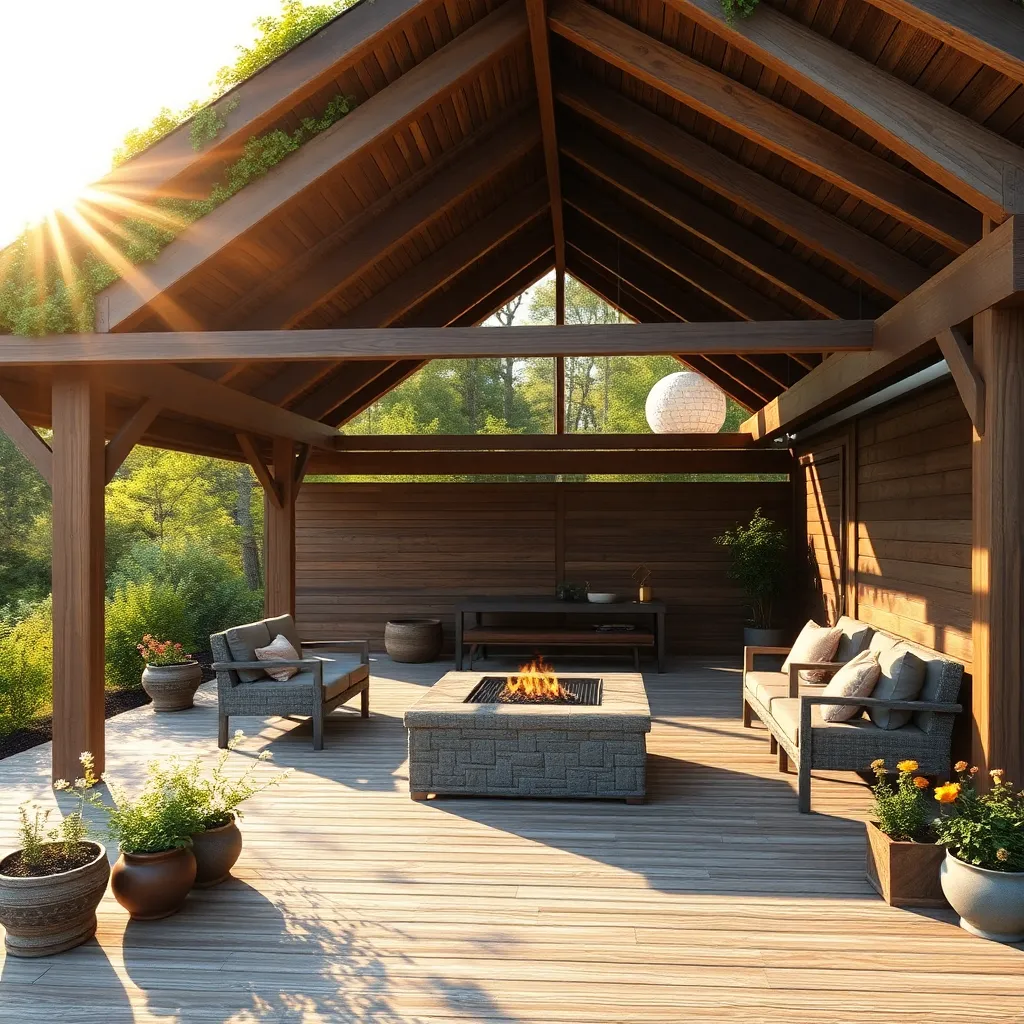
Incorporating sustainable building practices in your outdoor shelter project not only benefits the environment but also enhances the longevity and efficiency of your space. Start by selecting eco-friendly materials such as bamboo, recycled steel, or reclaimed wood. These materials not only reduce waste but also offer durability and aesthetic appeal. Consider the use of natural finishes like linseed oil or beeswax instead of chemical-based sealants to ensure a healthy, toxin-free environment.
For those looking to delve deeper, integrating passive solar design can significantly improve energy efficiency. Position your shelter to maximize natural sunlight, which can reduce the need for artificial heating and lighting. Additionally, installing a green roof or adding vertical gardens can improve insulation while promoting biodiversity. By combining these strategies, you create a sustainable, inviting outdoor space that harmonizes with its natural surroundings.
Include Built-In Storage Options
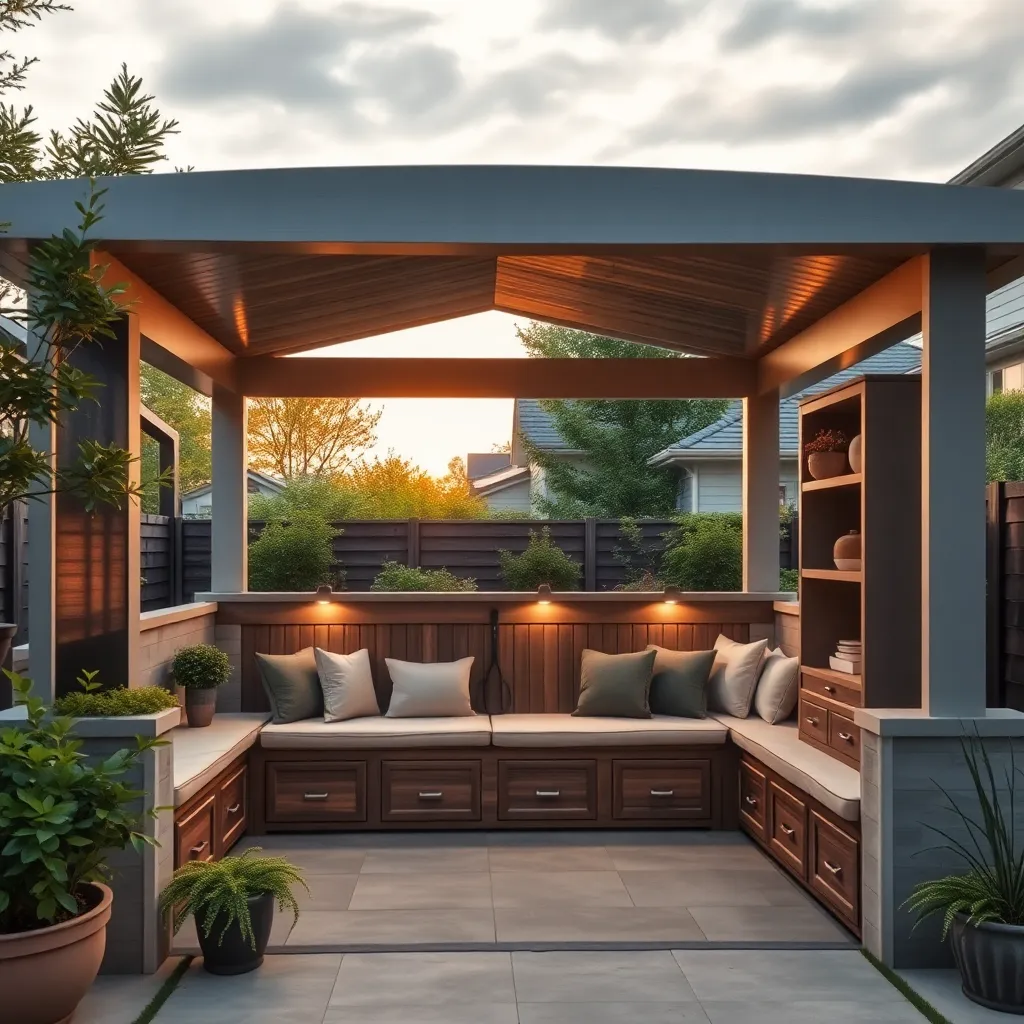
Incorporating built-in storage options in your outdoor shelter can greatly enhance functionality while keeping your space tidy and organized. Consider utilizing weather-resistant materials like treated wood, marine-grade plywood, or composite decking boards for durability. Beginners might start with simple bench seating with hinged lids for storing garden tools or cushions. For those with more experience, integrating custom cabinetry or shelving directly into your shelter’s design can offer elegant solutions for stowing larger items.
Think creatively about how to maximize space without compromising the aesthetic appeal of your outdoor area. Consider adding overhead racks or hooks for hanging smaller tools and accessories, a technique that keeps essentials accessible while freeing up floor space. Ensure any storage components are sealed properly to protect against the elements, using waterproof seals and rust-resistant hardware. Whether you’re a novice or a seasoned DIY enthusiast, these storage solutions can transform your outdoor shelter into a well-organized haven.
Maximize Space With Vertical Structures
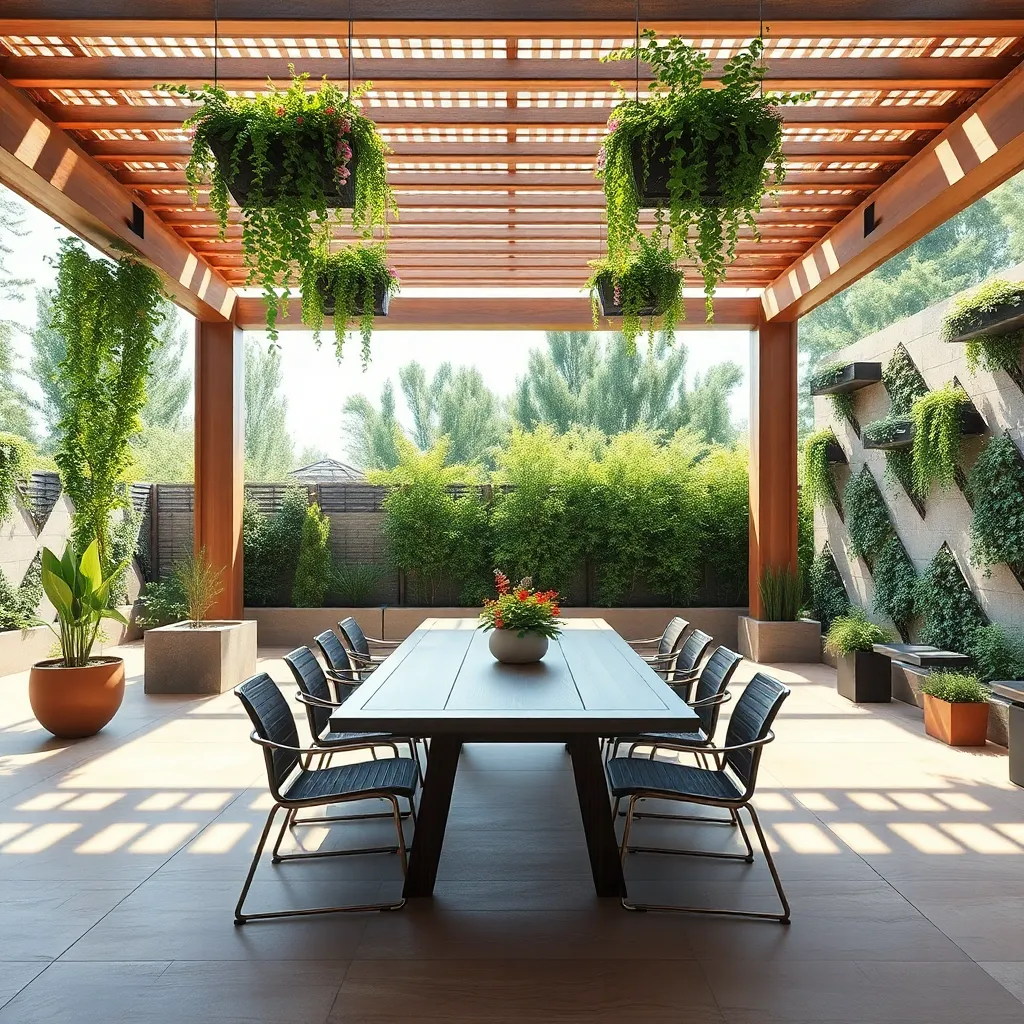
Maximizing space with vertical structures in your outdoor shelter can transform even the smallest area into a functional haven. Start by incorporating sturdy trellises or pergolas, which can support climbing plants like roses or ivy, adding both shade and a touch of nature. Opt for materials such as treated wood or metal, which offer durability against the elements. For beginners, prefabricated trellis panels are an easy start, while advanced gardeners might enjoy custom designs that integrate storage or seating.
Another way to make use of vertical space is by installing hanging planters or vertical gardens. These solutions not only enhance the aesthetic appeal of your shelter but also make gardening accessible in tight spaces. Choose weather-resistant planters made from materials like ceramic or recycled plastic, ensuring they are securely fastened. For a modern touch, consider an automatic watering system to maintain plant health with minimal effort. This approach can help you cultivate a lush, vibrant outdoor environment without sacrificing valuable ground space.
Prioritize Ventilation and Airflow
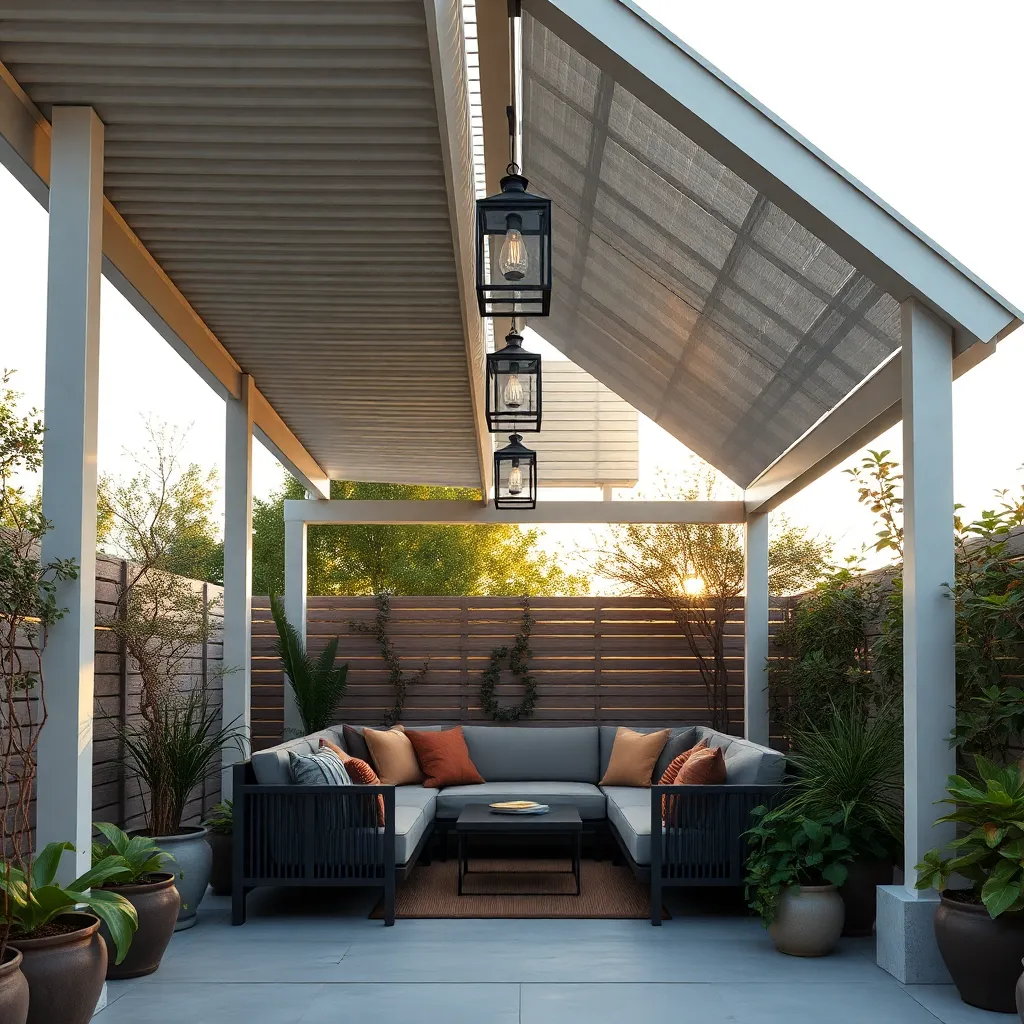
When creating an outdoor shelter, ventilation and airflow are crucial to ensure comfort and prevent overheating. Choose materials like open lattice panels or slatted designs for walls and roofs to allow air to circulate freely. For beginners, a basic pergola with spaced beams can be an excellent start, while more experienced builders might incorporate adjustable louvers for dynamic airflow control.
Consider the shelter’s orientation to maximize natural breezes—ideally, position it to catch prevailing winds. For those in warmer climates, adding ceiling fans or strategically placed vents can enhance airflow significantly. Remember, the goal is to create a welcoming space that remains cool and comfortable even in the peak of summer, making it a perfect retreat in your garden or backyard.
Enhance Aesthetics With Greenery
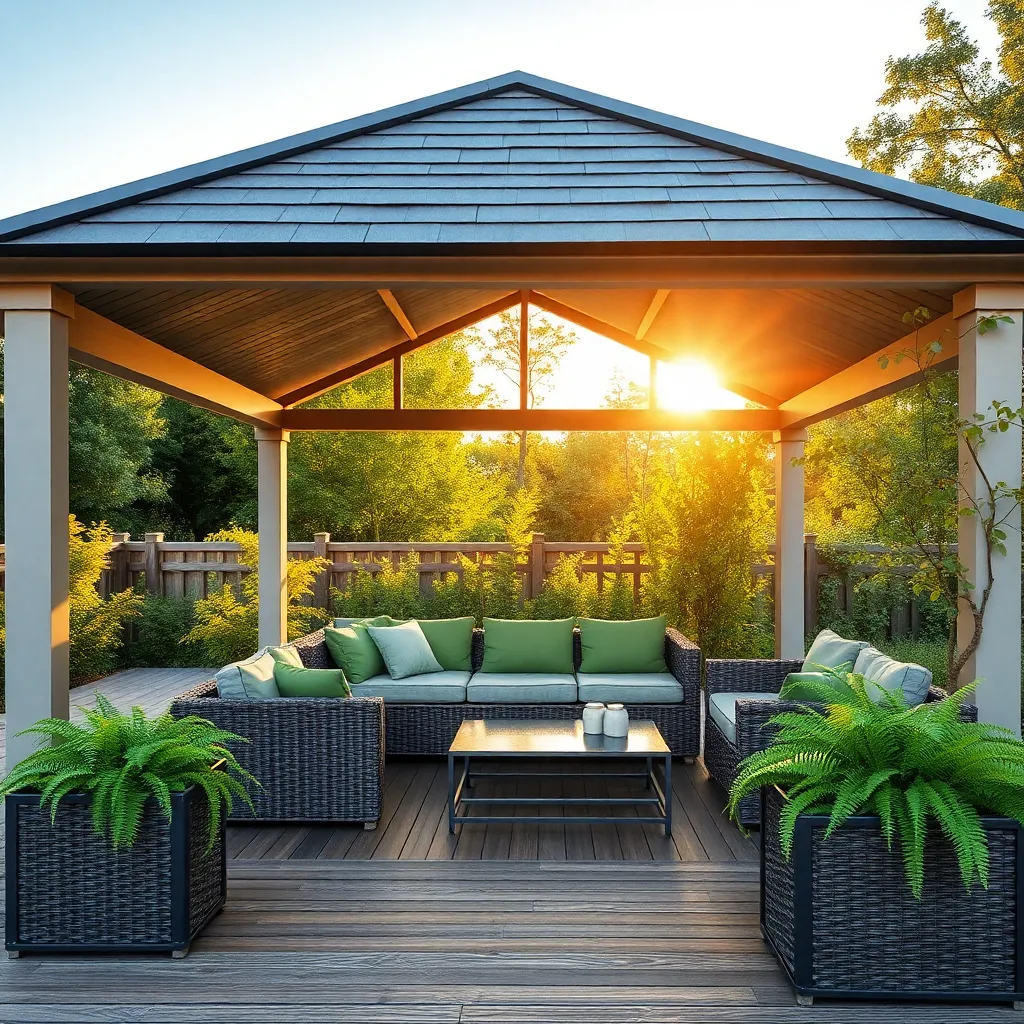
Transform your outdoor shelter into a lush, inviting space by integrating greenery that complements your design. Consider using climbing plants like wisteria or jasmine to create a natural canopy over pergolas or trellises. For a more structured approach, install vertical garden panels using materials like cedar or metal, which can support a variety of plants and add a vibrant, living element to your space. Ensure plants are suited to your climate to minimize maintenance and maximize growth.
For those seeking a more advanced touch, incorporate planter boxes or hanging baskets to add layers of greenery at different heights. This can be achieved by attaching sturdy hooks or brackets to your shelter’s structure, making sure they can bear the weight of soil and plants. Opt for materials like galvanized steel or treated wood for durability. Experiment with a mix of perennial and annual plants to keep your shelter looking fresh and dynamic throughout the seasons. Whether you’re a beginner or a seasoned gardener, these elements will enhance the aesthetics of your outdoor retreat.
Install Energy-Efficient Lighting Systems
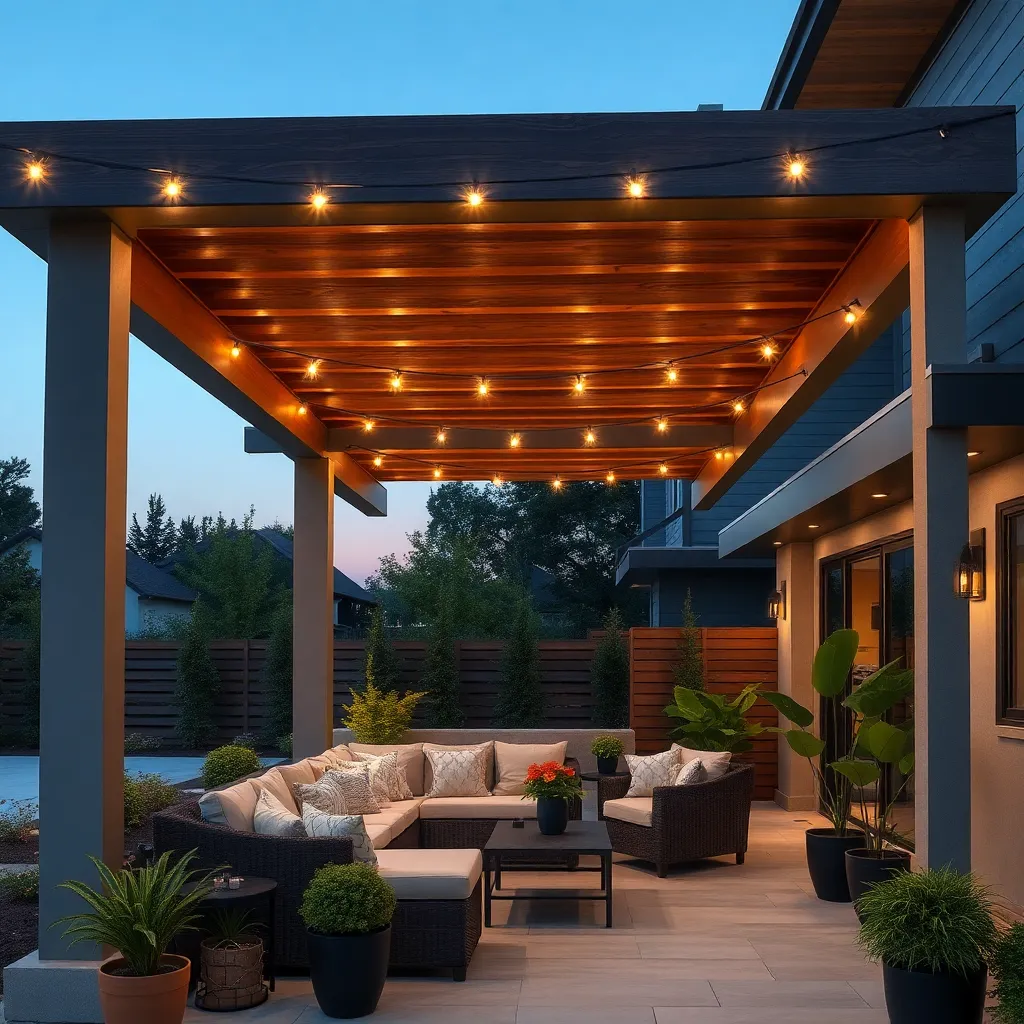
One effective way to enhance your outdoor shelter is by installing energy-efficient lighting systems that not only illuminate the space but also reduce energy consumption. Start by selecting LED lights, which are known for their long lifespan and low energy usage. Consider using solar-powered lights for pathways and seating areas, which can be installed without the need for complex wiring. Opt for fixtures with motion sensors to ensure that lights are only on when needed, providing both energy savings and added security.
For a more customizable approach, integrate smart lighting systems that allow you to adjust brightness and color through your smartphone. This can create a welcoming ambiance while allowing you to tailor the lighting to different occasions or times of day. Advanced users might explore dimmable fixtures with integrated timers or remote controls. When choosing materials, look for durable, weather-resistant options such as powder-coated aluminum or stainless steel to withstand outdoor conditions over time.
Select Low-Maintenance Finishes

When selecting finishes for your outdoor shelter, prioritize materials that stand up to the elements with minimal upkeep. Opt for composite decking and vinyl siding, which offer durability and resistance to weathering without the need for frequent painting or staining. These materials are ideal for homeowners who want to enjoy their outdoor space without constant maintenance. For a more advanced approach, consider using powder-coated aluminum for structural elements like beams and posts, ensuring longevity and a clean, modern aesthetic.
For roofing options, choose metal or synthetic slate tiles that provide excellent durability and require little maintenance compared to traditional wood shingles. These materials not only enhance the shelter’s appearance but also improve its lifespan. Incorporating a gutter system can help manage rainwater and prevent damage, further reducing the need for upkeep. By focusing on these low-maintenance finishes, you can enjoy a beautiful and functional outdoor shelter with minimal effort.
Embrace Modular Shelter Designs
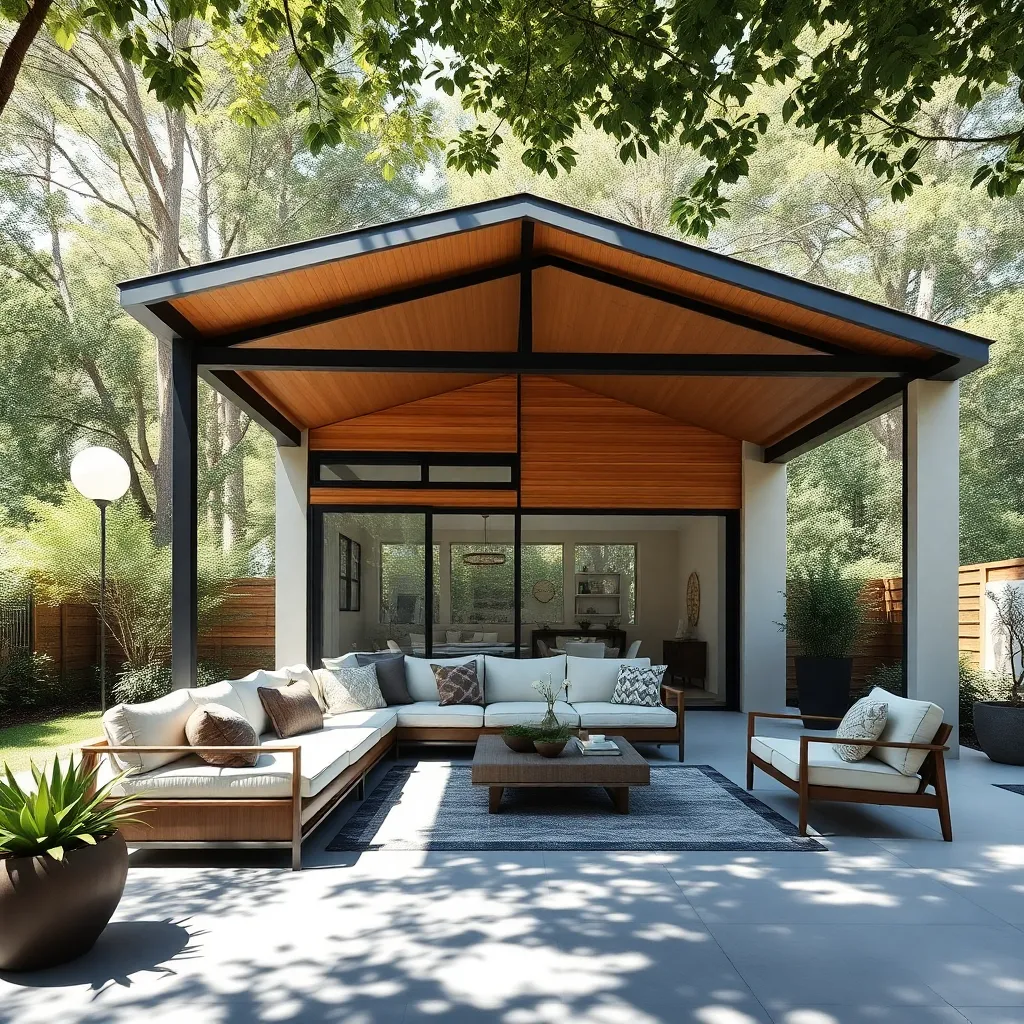
Modular shelter designs offer a versatile and customizable solution for outdoor spaces. These structures are composed of pre-fabricated components, allowing for easy assembly and reconfiguration to suit your needs. For beginners, start with basic modules using materials like treated wood or aluminum, which provide durability and require minimal maintenance. Advanced gardeners can explore more complex configurations, incorporating features such as integrated lighting or retractable walls for added utility.
One of the key benefits of modular designs is their adaptability to different landscapes and purposes. Consider using interlocking panels for a seamless and modern look, which can be expanded or reduced as your outdoor needs change. A starting size of 10×10 feet offers a good balance between space and manageability for most yards.
- Choose weather-resistant finishes like powder-coated metals to withstand the elements.
- Use modular roofs with adjustable angles to optimize shade or sunlight exposure.
By embracing modularity, you can create a shelter that grows with your lifestyle, making it a smart investment for any homeowner.
Incorporate Flexible Seating Arrangements
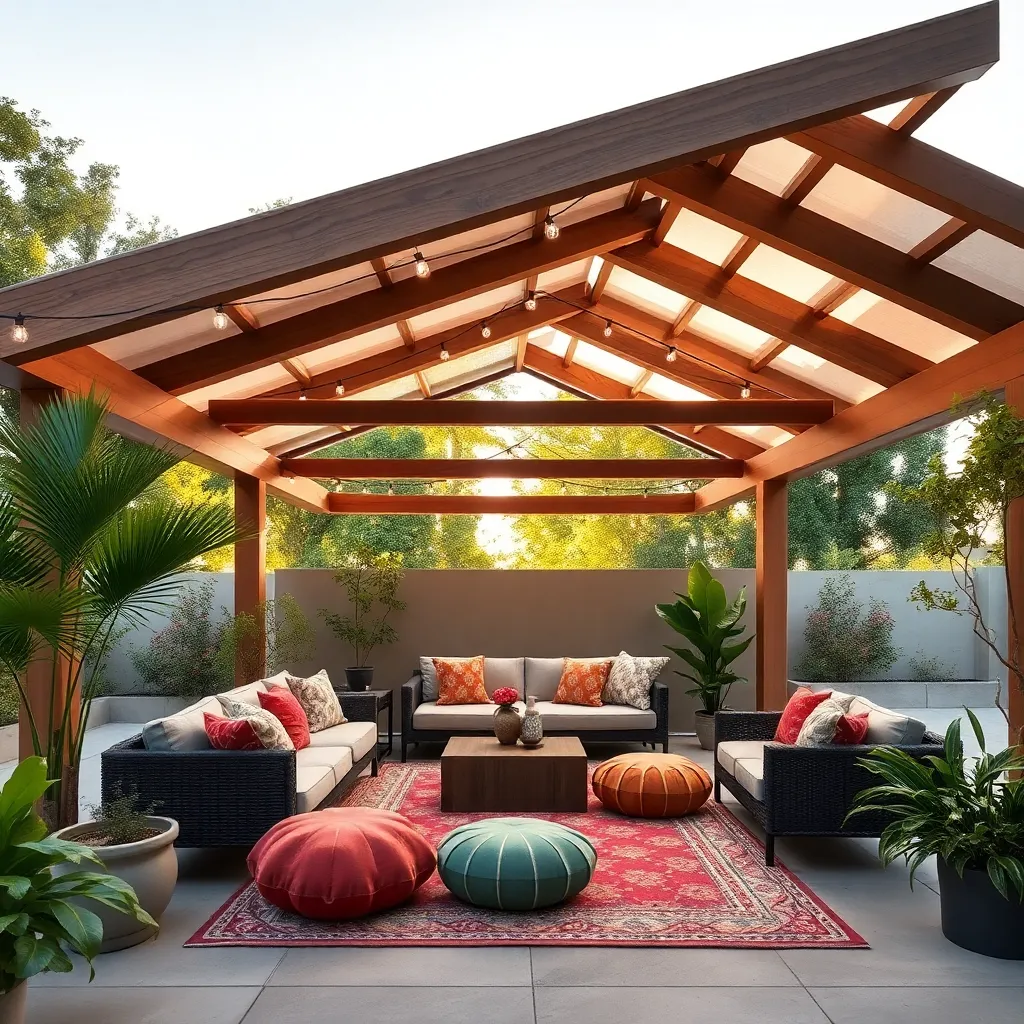
Creating a versatile outdoor seating arrangement is essential for maximizing the usability of your shelter. Start by choosing modular furniture that can be easily rearranged to suit different occasions—whether it’s a cozy family gathering or a larger party. Consider materials like weather-resistant wicker or teak that can withstand the elements while providing comfort. For an advanced touch, integrate built-in seating with storage space underneath, using durable materials like treated wood or composite decking to ensure longevity.
To enhance flexibility, mix and match different types of seating like benches, chairs, and ottomans. Opt for lightweight pieces that can be easily moved, allowing you to reconfigure the space as needed. Add cushions with outdoor-grade fabric to boost comfort and style; choose covers that are UV-resistant and easy to clean. For a touch of luxury, install a retractable awning or canopy that can provide shade on sunny days, creating a more inviting atmosphere for relaxation and entertainment.
Focus on Easy Accessibility Features

Ensuring easy accessibility in your outdoor shelter design can significantly enhance its usability for everyone. Start by considering **wide, flat pathways** that lead to the shelter, which accommodate strollers, wheelchairs, and easy foot traffic. Use durable materials like pavers or composite decking to create a smooth, slip-resistant surface. Incorporate **gentle slopes** rather than steps wherever possible, and consider installing handrails if inclines are unavoidable.
For entryways, opt for **wide doorways** or entry points without thresholds to prevent tripping hazards and ensure seamless access. Install **motion-sensor lighting** around entrances and pathways to boost visibility and safety during evening gatherings. For those looking to add an advanced touch, consider **automated door systems** that open at the touch of a button, combining convenience with modern design. These thoughtful, inclusive features ensure that your outdoor shelter is welcoming and functional for all guests.
Integrate Smart Technology Solutions
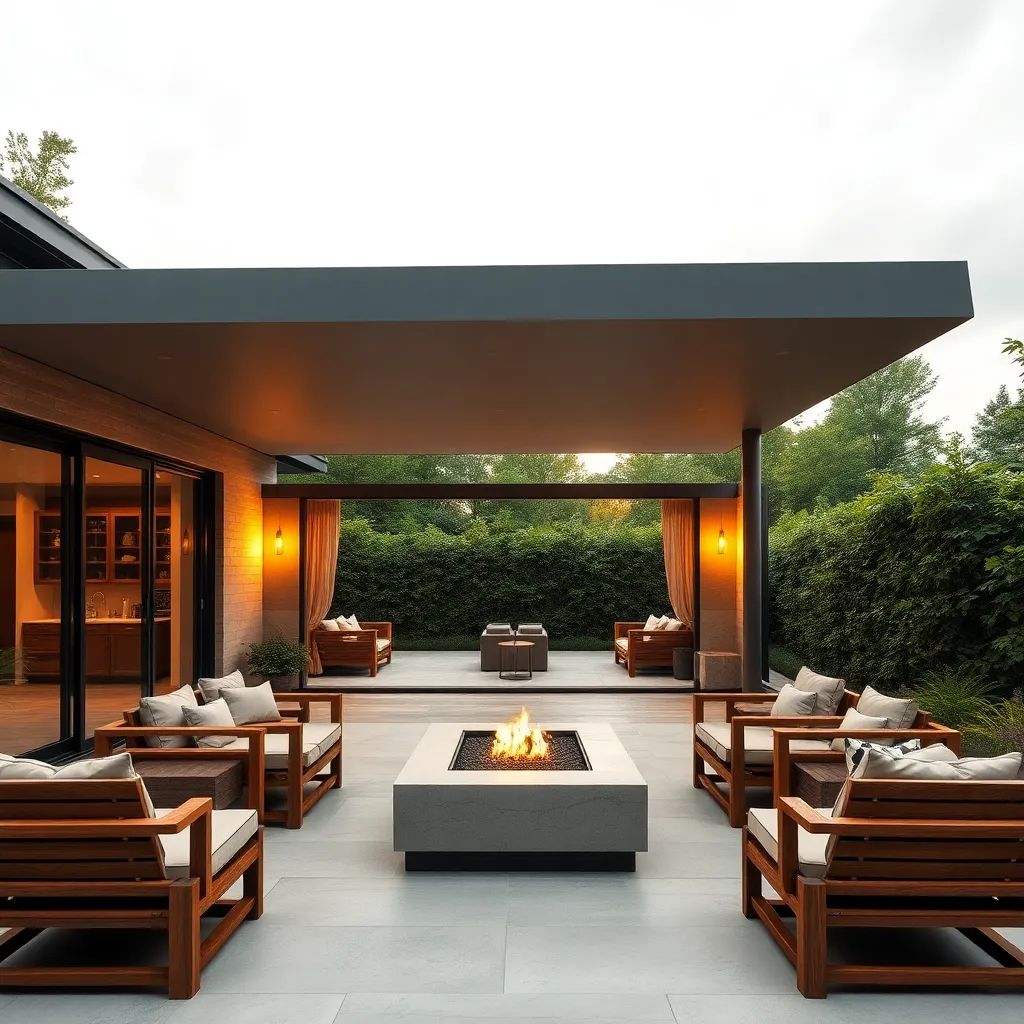
Integrating smart technology into your outdoor shelter can dramatically enhance convenience and functionality. Start by installing smart lighting systems that allow you to control ambiance with a simple touch on your smartphone. Consider using energy-efficient LED lights with dimmable features for added flexibility. For those looking to take it up a notch, automated climate control systems can keep your outdoor space comfortable year-round by adjusting to weather changes.
For a seamless setup, ensure your shelter has a reliable power source and robust Wi-Fi connectivity. Opt for weather-resistant materials like stainless steel or powder-coated aluminum to house your tech gadgets, protecting them from the elements. Advanced users might explore integrating voice-activated assistants to control everything from music to security cameras, creating a truly modern oasis. With these smart technology solutions, your outdoor shelter will not only be more functional but also a hub of innovation and comfort.
Conclusion: Creating Beautiful Outdoor Spaces
As we’ve explored the ’15 Outdoor Shelter Ideas for Your Next Project,’ we’ve delved into key concepts that not only enhance your physical spaces but also nurture the relationships that thrive within them. From creating intimate garden alcoves to designing expansive pergolas, each idea serves as a metaphor for the diverse needs of our relationships—providing shelter, space, and beauty. We discussed the importance of adaptability, the value of shared experiences, and the power of thoughtful design in fostering connection.
Now, take the first actionable step: choose one idea that resonates most with your relationship’s current season and begin planning its implementation. Whether it’s a cozy fire pit for warm conversations or a sunlit gazebo for shared moments of peace, let this project be a commitment to growth and togetherness.
As you embark on this journey, remember to bookmark this article for future reference. The insights here will serve as a steadfast guide, offering inspiration whenever you seek to deepen your relational bonds.
Looking ahead, know that investing in both physical and emotional shelters paves the way for enduring relationships filled with warmth, resilience, and joy. Here’s to building spaces—and relationships—that stand the test of time.
